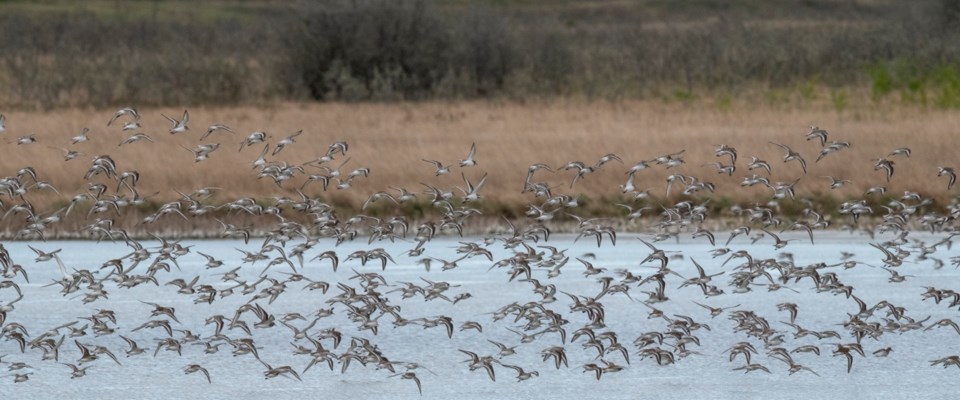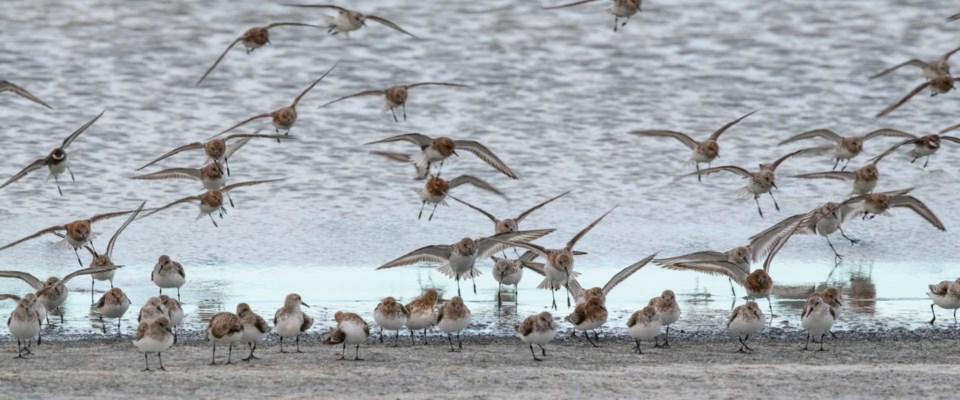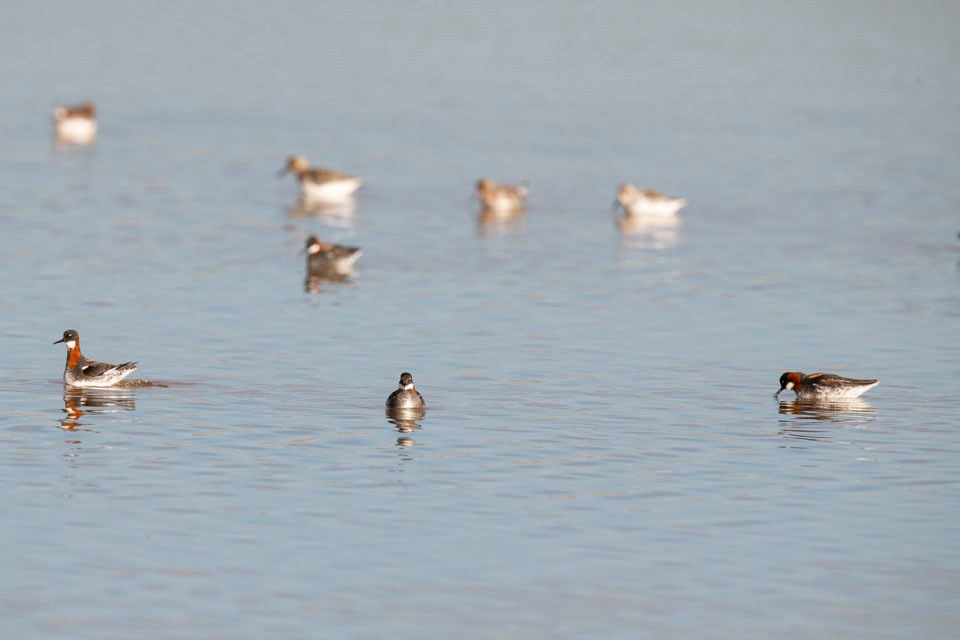Feb. 2 is usually highlighted by Groundhog Day when furry rodents forecast if we will have an early spring. Since 1971, this day has also served as World Wetlands Day. Our wetlands perform many essential functions that are often overlooked.
Wetlands provide safety benefits with efficiency and resiliency often greater than many human-made infrastructures, including protecting our homes, businesses and roads from heavy rains and flooding. They also help regulate water runoff throughout the year, storing water during periods of high precipitation and slowly releasing it during drought and dry periods.
Wetlands clean water by filtering out sediments, excess nutrients, pesticides, fertilizers and heavy metals. This is important in wetlands connected to or close to watercourses since we use this water for drinking, fishing and agriculture. Wetlands also supply fantastic recreational opportunities like nature appreciation, birdwatching, paddling, fishing and hunting.
Extreme rainfall events are becoming more frequent, and conditions would be much worse if we didn’t have wetlands acting as a huge sponge during floods, buffering our community infrastructure and working lands.
This was reinforced by a new research study involving the University of British Columbia and the Nature Conservancy of Canada Flood prevention benefits provided by Canadian natural ecosystems - ScienceDirect.
This collaboration examined the benefits that Canada’s natural ecosystems provide for flood prevention. It identified the natural ecosystems across the country that capture and retain the highest amounts of runoff and are simultaneously located upstream of urban and agricultural areas. The most important of these ecosystems help prevent flooding in 54 per cent of urban areas and 74 per cent of agricultural lands within floodplains.

| Photo by Jason Bantle
Beyond the natural safety benefits to people and communities, wetlands are crucial nesting and feeding grounds for many species of birds. They are nursery habitat for fish and support a wide diversity of insects that are the foundation of the food chain. Close to half of Canada’s wildlife species, and a third of species at risk, rely on wetlands for at least part of their life cycle.
Many of NCC’s wetland sites are important for vast numbers of ducks and birds who depend on these areas to breed or stopover during migration. NCC recently expanded our Mackie Ranch conservation project in Saskatchewan for a total of 1,286 hectares, which protects vital grassland and wetland habitat along the eastern shoreline of Chaplin Lake — the second largest saline lake in Canada. This area is one of only three sites in Canada designated as having hemispheric importance to shorebirds, and the only such reserve located inland. This area provides essential habitat for shorebirds, such as sanderling, semipalmated sandpiper, Baird's sandpiper, red knot and the endangered piping plover, while also supporting water filtration and flood mitigation.

|Photo by Jason Bantle
Canada is home to an astonishing 25 per cent of the world’s wetlands, yet these diverse and vital ecosystems are underappreciated and under-protected. The country has lost an estimated 70 per cent of its ponds, bogs, swamps, salt marshes, estuaries and other wetlands in southern areas where most people live. In some communities, this loss is as high as 95 per cent. This is due to land conversion, urbanization, commercial and industrial development, roads, land use practices, sewage and illegal dumping. Globally, 64 per cent of the world’s wetlands have already been lost, a rate three times greater than the loss of forests.
Although our wetlands are mainly under ice this time of year, they are nature’s multi-taskers and provide us with safer communities. To learn more about how NCC is conserving some of our most vital ecosystems for both people and wildlife, visit natureconservancy.ca.
Cameron Wood is the director of conservation in Saskatchewan with the Nature Conservancy of Canada.




